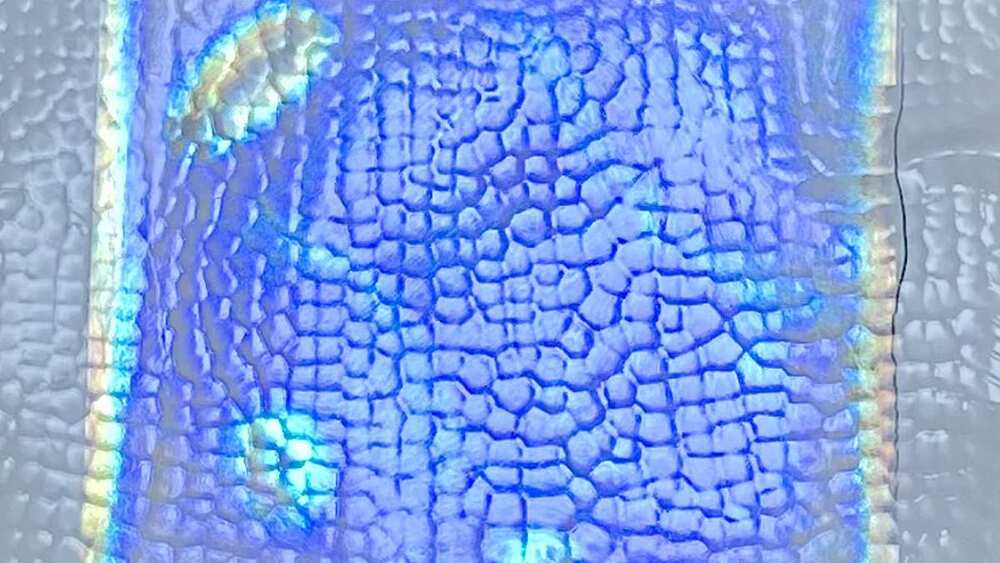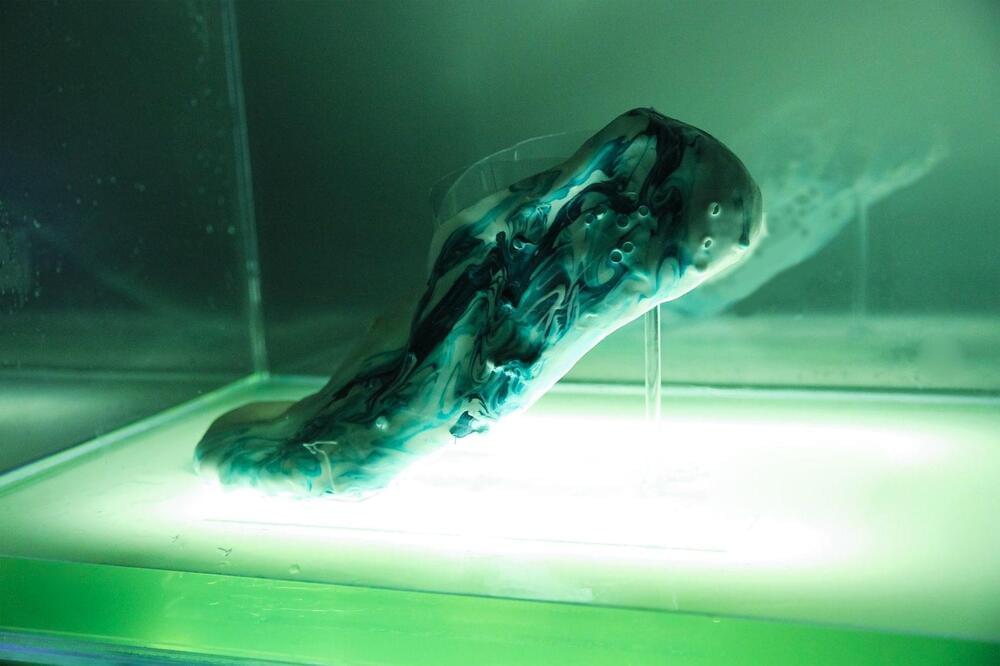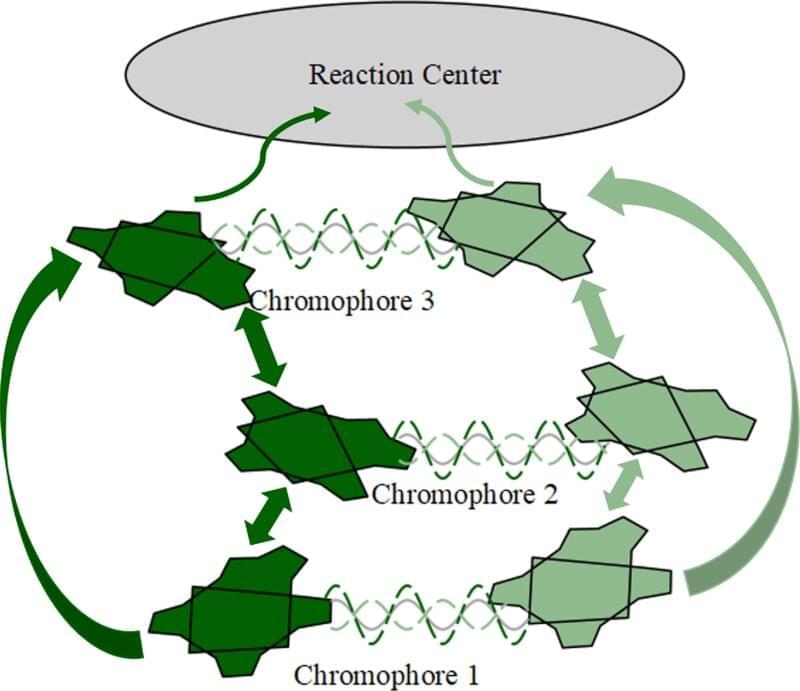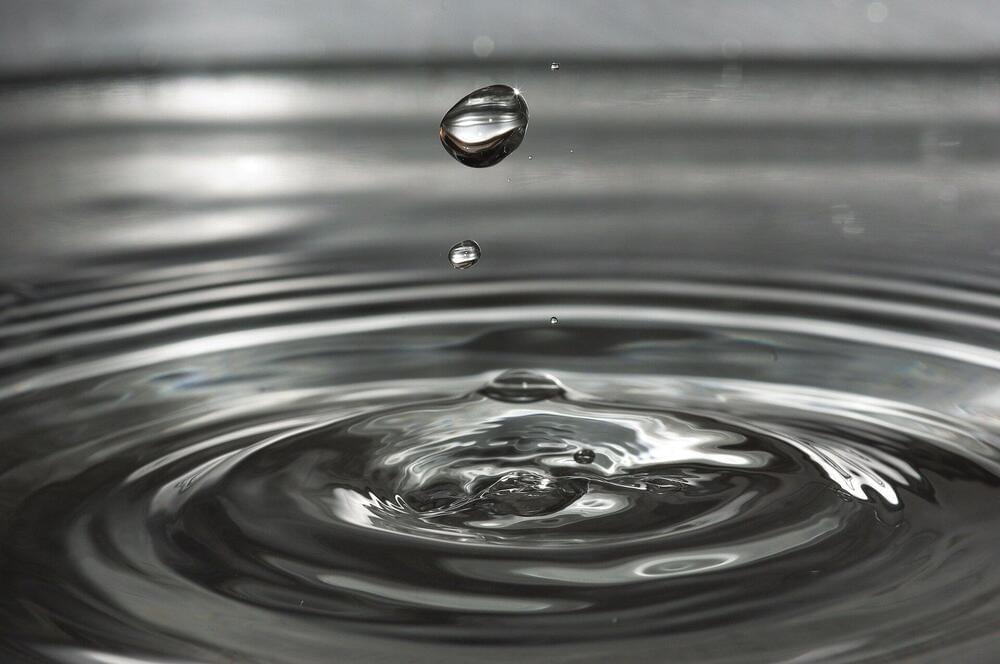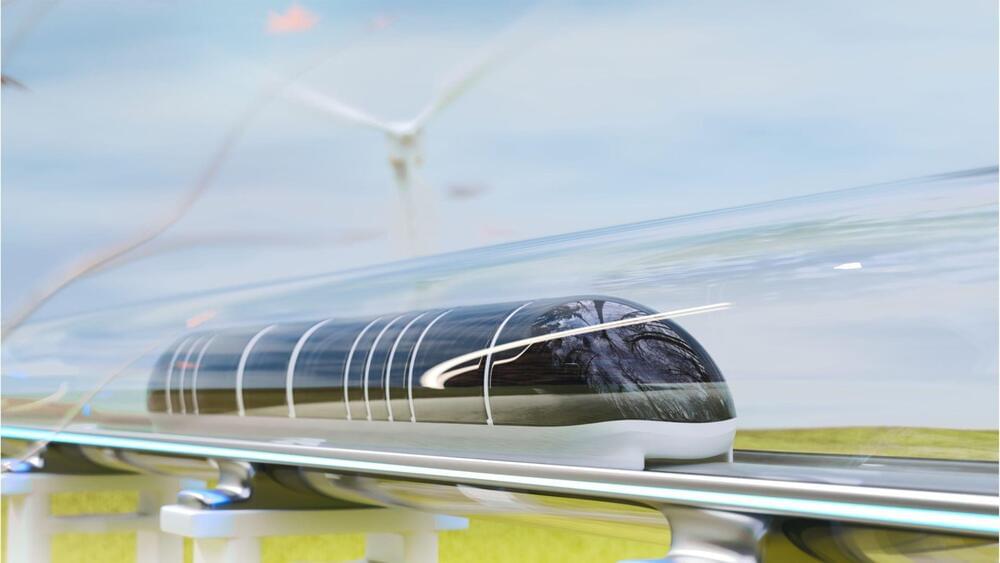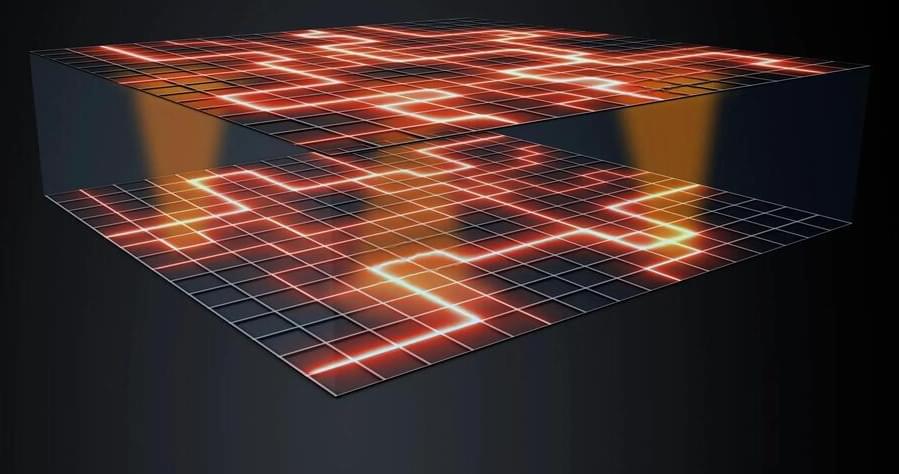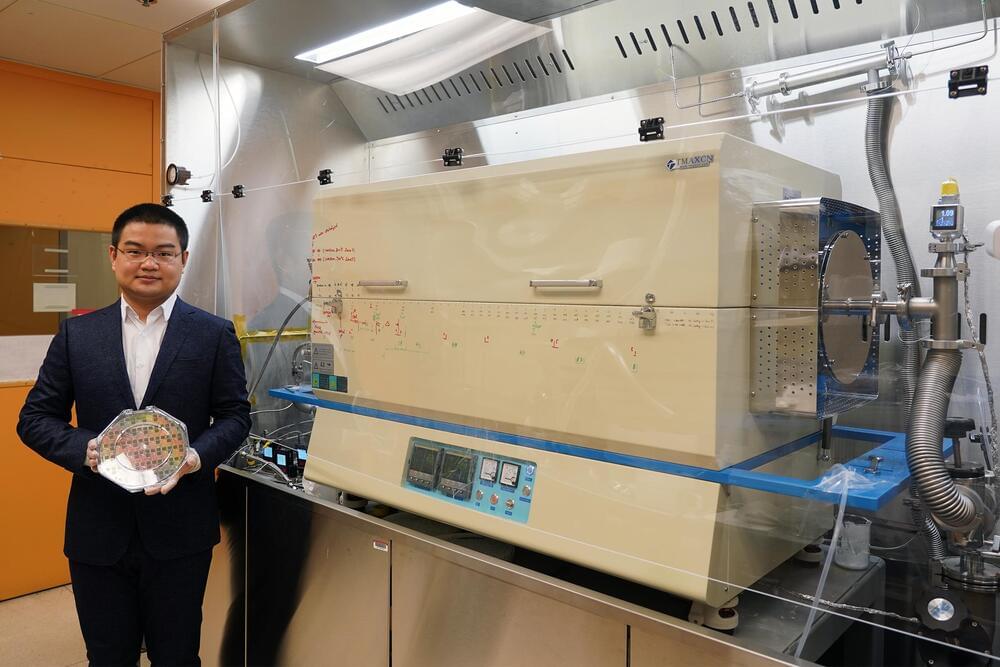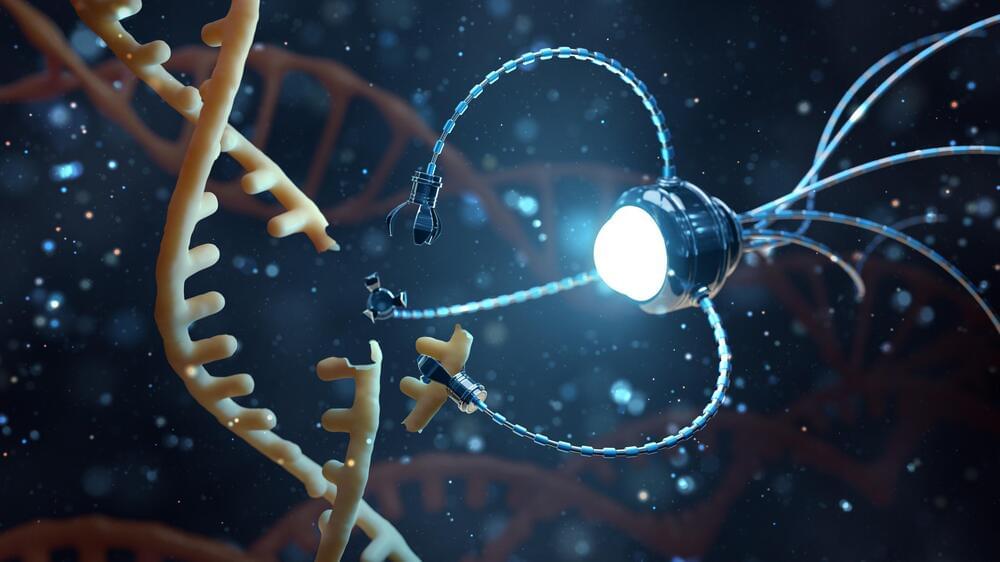May 9, 2023
Iridescent, plant-based coatings that cool buildings — and the Earth
Posted by Shailesh Prasad in categories: materials, space
Chemists have made an iridescent, plant-based film that gets cooler in sunlight.
The material, which comes in a range of shining colours, could one day coat buildings and cars, lowering the need for air conditioning.
The film exhibits a smart property: called passive daytime radiative cooling, or PDRC, it doesn’t absorb much light, and it radiates heat out at a wavelength that escapes the atmosphere and zooms straight into space.
